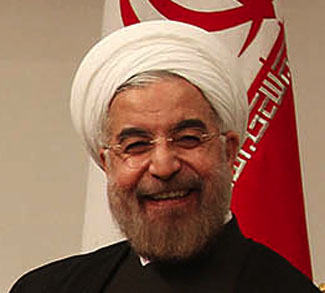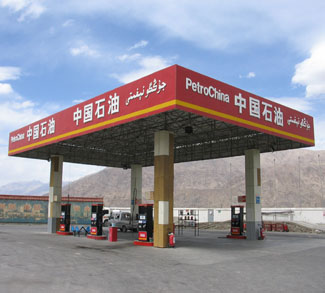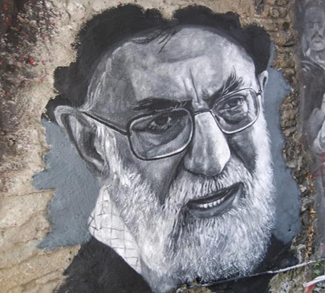Summary
The EU’s path to geopolitical influence via hard power has long been fraught, frequently compromised by the disparate interests of its member states and the difficulties in achieving consensus on military procurement and deployment among 27 member states. However, it appears as though the EU Commission is on the cusp of embarking on a different path toward global influence, that of providing finance and expertise for infrastructure projects in the developing world. You’d be forgiven for thinking this sounds familiar – the project, dubbed ‘Global Gateway,’ essentially boils down to Belt and Road with European characteristics.
The newest proposals, first reported on by Financial Times, envision some 300 billion euros in spending on infrastructure and other projects throughout the developing world. The timeline is relatively short with most of the money being disbursed by 2027, drawing from a wide assortment of stakeholders, including Brussels, EU member governments, national development banks, and European financial institutions. Priority areas would include climate, health, digitalization, energy and transport, education, and research.




